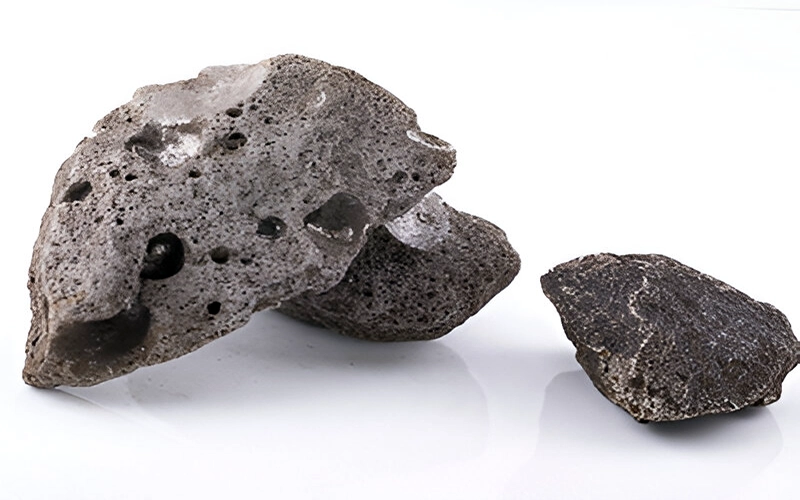Ferro phosphorus is a ferroalloy composed primarily of iron (Fe) and phosphorus (P), typically containing 20–30% phosphorus by weight. It is a by-product formed during the production of elemental phosphorus from phosphate ores, particularly when these ores are reduced in an electric arc furnace in the presence of coke. The resulting slag contains phosphorus, which combines with iron to form ferro phosphorus. This alloy is widely used across multiple industries due to its unique chemical and physical properties.
One of the most important characteristics of ferro phosphorus is its ability to enhance the properties of metals, particularly steel. When added to steel, phosphorus increases hardness, strength, and corrosion resistance, especially in atmospheric conditions. It is used in the production of high-strength low-alloy (HSLA) steels and wear-resistant materials. While phosphorus is generally considered an impurity in steelmaking due to its tendency to make steel brittle at high concentrations, controlled additions of ferro phosphorus can significantly improve performance in specific applications.
Ferro phosphorus also plays a role in the production of cast iron. In foundries, it is used to improve fluidity and machinability of molten metal, which helps in producing intricate castings with minimal defects. This makes it especially valuable in automotive and machinery parts manufacturing. Additionally, it enhances wear resistance and reduces shrinkage during solidification.
Another growing use of ferro phosphorus is in the production of phosphoric compounds and chemicals. It serves as a raw material for manufacturing various phosphorus-based chemicals used in agriculture (such as fertilizers), water treatment, and flame retardants. The alloy’s relatively high phosphorus content makes it an economically viable source for such applications.
From an environmental and economic perspective, ferrophosphorus contributes to sustainability in metallurgical processes. Since it is a by-product, its utilisation in downstream applications helps minimise waste and improves the overall efficiency of phosphorus extraction operations. Additionally, by replacing purer elemental phosphorus in some chemical processes, ferrophosphorus can reduce costs while maintaining desired performance characteristics.

In conclusion, ferrophosphorus is a versatile and valuable alloy with wide-ranging applications in steelmaking, casting, and chemical industries. Its ability to enhance material properties, coupled with its cost-effectiveness and role in recycling by-products, makes it an important material in modern industrial processes.
In terms of physical appearance, ferro phosphorus typically comes in lump, powder, or granular form. It is a dense, metallic grey material that is stable under normal conditions but can react with strong oxidising agents. It is usually packaged and stored in dry conditions to prevent oxidation and maintain its chemical stability.
Keeping varied amounts of Ferro Phosphorus in the process makes the metal more brittle if desired. Sintered steel alloy with Ferro Phosphorus has improved strength, as compared to unalloyed sintered steel. Recent developments in Ferro Phosphorus powder have allowed sintered steels to have high strength and good ductility. Ferro Phosphorus is also used as a manufacturing drying agent

| P | V | Si | Ti | Cr | C | S | Mn | Size |
|---|---|---|---|---|---|---|---|---|
| 19.94 | 0.12 | 3.36 | 1.17 | 0.05 | 0.029 | 0.019 | 3.42 | 10-100mm |